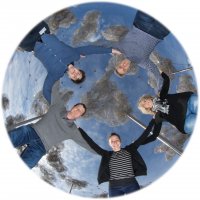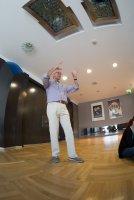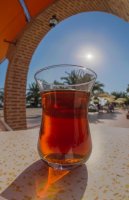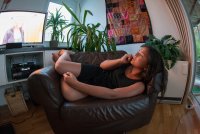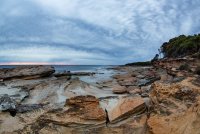

Gotta love the snobbish innuendo around here. "Better" would have been a nicer choice of words. Believe you me, the R trounces the 5D Mark III in my experience. I had a 5D mark III and know first hand.
There's always that one person...
I was referring to my own personal case Einstein. When buying a $3K+ camera, only to invest another $4K-$5K for an underwater housing, and lenses... that camera better be precisely what one needs. It's not "snobbish", it's a necessity.
If you like the current R body, good for you. Buy yourself a participation trophy and move on. I do PAID underwater photoshoots with many shoots costing thousands of dollars. Shots that cannot under any circumstance be lost. That means dual slots. I've had card failures during shoots and that backup slot saved me.
What's your backup-plan when spending money and resources to do an underwater shoot only to have a card fail on that R camera?
Canon does not offer that right now on any current R body. I'm also referring to "real" analog controls/joysticks and not that touch-bar control since it's unusable for underwater housings. Things you obviously didn't factor in before getting triggered.
I didn't imply my personal needs and opinions apply to everyone else. I'm in a very small niche group for Canon and accept that.
Upvote
0

